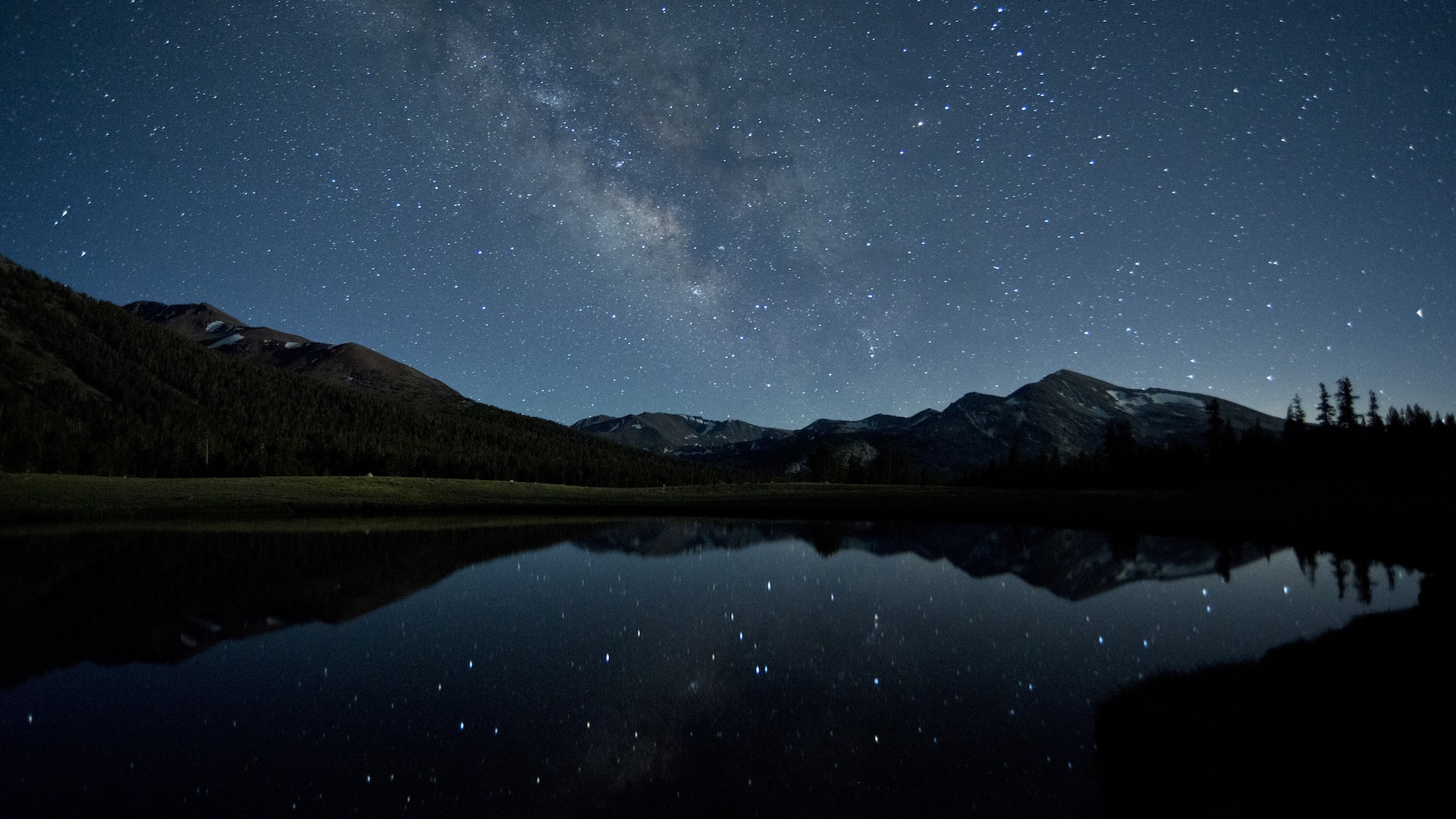The Milky Way will be visible across the US this month. Here's how to get the best views.
For those in midlatitudes of the Northern Hemisphere, the arc of our galaxy becomes easier to see in May. Here's when and where to look.

The bright band of the Milky Way is about to make its first great appearance of the year in the Northern Hemisphere.
There are few more impressive sights than the arc of the Milky Way spanning the night sky, but skywatchers don't always know exactly how, when and where to see it. In fact, one-third of humanity — and 80% of Americans — cannot see it.
The reason is light pollution, with the sky's brightness increasing by between 7% and 10% per year between 2011 and 2023, according to a 2023 study published in the journal Science. As a result, if you want to see the Milky Way, you'll need to be as far away from light pollution as possible. Good options include a Dark Sky Place or somewhere that looks dark on a light pollution map.
Although the Milky Way can be seen in some form for about eight months of the year, the galaxy's bright core becomes easier to see — and gets higher in the sky — as of May as seen from midlatitudes of the Northern Hemisphere, which includes the entire continental United States and the most populated parts of Canada.
Related: The 10 best stargazing events of 2025
According to the Milky Way photography website Capture The Atlas, "Milky Way season" runs from February to October, usually between midnight and 5 a.m. local time, though your location and the phase of the moon matter a lot. During May, the period between the last quarter moon on May 20 and the new moon on May 30 is the time to look for the Milky Way.
Even if you have a clear, moonless night, the viewing window is further restricted by when the galaxy's bright core rises from your location. The key is to find out when the Summer Triangle — a shape formed by three bright stars — becomes visible. This vast asterism of Deneb in the constellation Cygnus, Vega in Lyra and Altair in Aquila sits across the Milky Way. If it's above the horizon, you have a good chance of spotting it. Between May 20 and May 30, the Summer Triangle will be up in the east at midnight and higher in the southeast by 3 a.m. local time.
Get the world’s most fascinating discoveries delivered straight to your inbox.
The Milky Way will rise higher into the sky — and appear earlier — as the Summer Triangle becomes more prominent in June and July, but a lack of darkness at mid-northern latitudes around the solstice on June 20-21 makes May the best time to grab a first glance before the Milky Way gets much brighter and higher in the sky in August and September.

Jamie Carter is a freelance journalist and regular Live Science contributor based in Cardiff, U.K. He is the author of A Stargazing Program For Beginners and lectures on astronomy and the natural world. Jamie regularly writes for Space.com, TechRadar.com, Forbes Science, BBC Wildlife magazine and Scientific American, and many others. He edits WhenIsTheNextEclipse.com.
You must confirm your public display name before commenting
Please logout and then login again, you will then be prompted to enter your display name.


